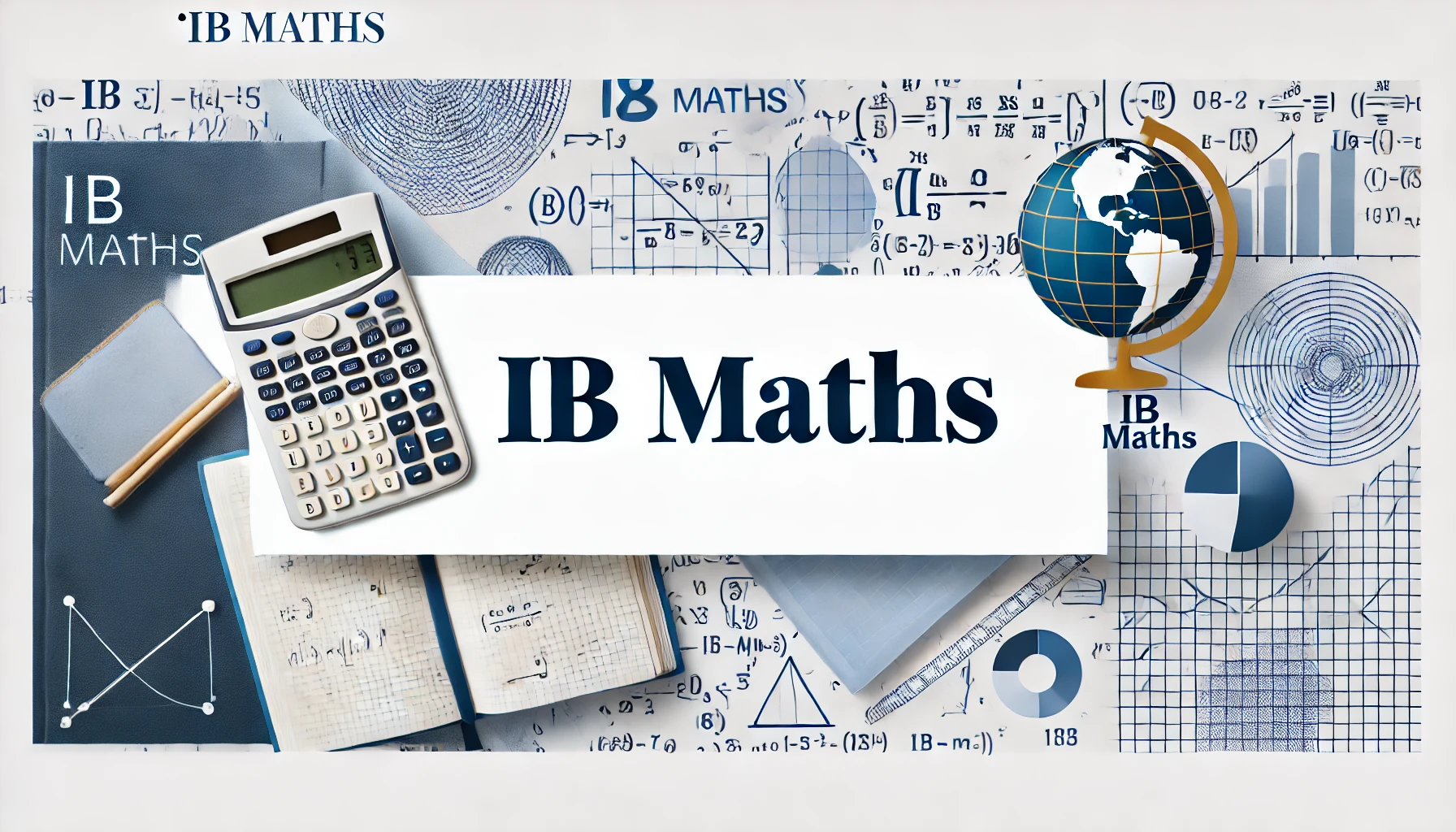

Excelling in IB Sports, Exercise and Health Science goes beyond simply understanding theories and concepts—it’s about presenting your responses in a way that meets the criteria set by IB examiners. A vital part of this is mastering command terms. These targeted words or phrases in exam questions specify exactly what is required in your answers.
What Are Command Terms?
Command terms are the instructional words or phrases used in IB Sports, Exercise and Health Science questions, guiding students on how to structure and present their answers. These range from straightforward tasks like "state" or "identify" to more complex actions such as "explain" or "analyse."
Each command term carries a specific meaning, and examiners expect students to respond accordingly. For example:
- "Calculate" requires you to demonstrate all the steps leading to your final answer.
- "Describe" asks for a clear explanation of a concept or process related to sports, exercise, or health science.
With exams typically contributing to around 80% of the overall marks in most IB subjects, thoroughly understanding command terms is crucial for maximising your exam results.
💡Check out our blog for a full breakdown of how the IB is graded!
IB Sports, Exercise and Health Science Command Terms
Why Are Command Terms Important?
- Clarity in Expectations:
- Command terms clearly define what the question is asking for. Misunderstanding or overlooking them can result in incomplete or incorrect answers, even if you have a strong grasp of sports, exercise, and health science concepts.
- Effective Time Management:
- Identifying the command term early helps you structure your response appropriately, saving time and avoiding unnecessary detail or explanations.
- Maximising Marks:
- IB examiners evaluate answers based on how well they address the specific requirements of the question. Responding accurately to command terms ensures you meet all the necessary criteria to achieve top marks.
Study and Exam Tips for IB Sports, Exercise and Health Science
Mastering command terms is just one aspect of excelling in IB Sports, Exercise and Health Science. To ensure you’re thoroughly prepared, integrate these strategies into your study routine:
1. Practise Past Papers
Get familiar with how command terms are applied in actual IB Sports, Exercise and Health Science exams by working through past papers. Pay attention to how questions are phrased and study the mark schemes to understand the level of detail required.
After consulting over 500 IB tutors, one key piece of advice emerged: the best way to prepare for IB exams is by practising past papers.
2. Build a Command Term Glossary
Create a comprehensive list of command terms along with their definitions. Use flashcards or a centralised document for regular review. This will help you internalise the specific expectations tied to each term.
3. Analyse Mark Schemes
Study how marks are allocated for different types of questions. This will give you a clear understanding of the level of explanation, calculation, or detail required to address each command term effectively.
4. Show All Working
Always include your reasoning, calculations, and steps, even for seemingly simple questions. This is especially critical for command terms like "justify" or "explain," where demonstrating your thought process can earn additional marks.
5. Practise Under Timed Conditions
Replicate exam scenarios by practising within set time limits. This will train you to quickly identify command terms and craft well-structured responses, improving both your speed and accuracy on exam day.
6. Request Feedback
Ask your teacher or tutor to review your practice answers and offer constructive feedback. This will help you refine your responses and ensure they meet the requirements of the command terms.
Conclusion
Mastering command terms is an essential step towards excelling in IB Sports, Exercise and Health Science. These terms act as a guide, directing your responses and helping you meet the expectations of IB examiners. However, success in exams goes beyond command terms. Combine this understanding with regular practice, a strong grasp of subject concepts, and a strategic study plan to set yourself up for outstanding results.
With commitment and the right preparation, you’ll be well-equipped to achieve your goals in IB Sports, Exercise and Health Science.






